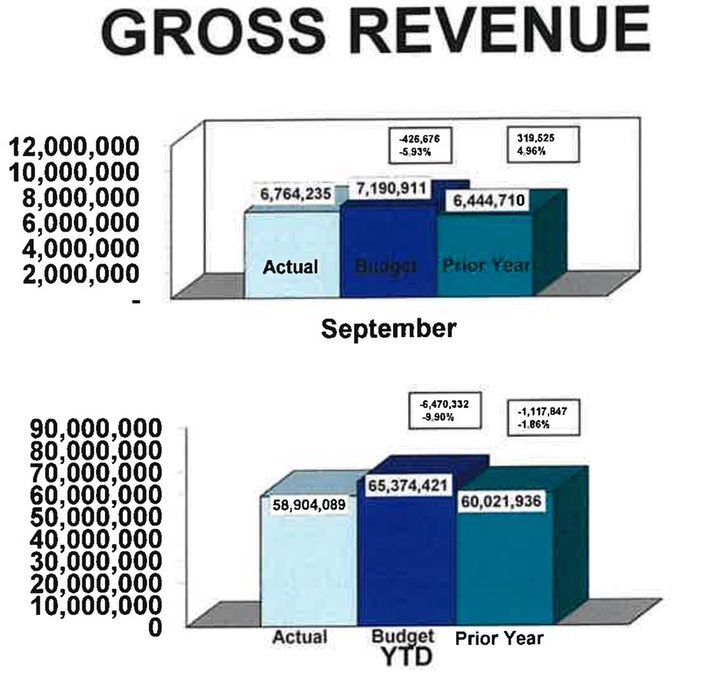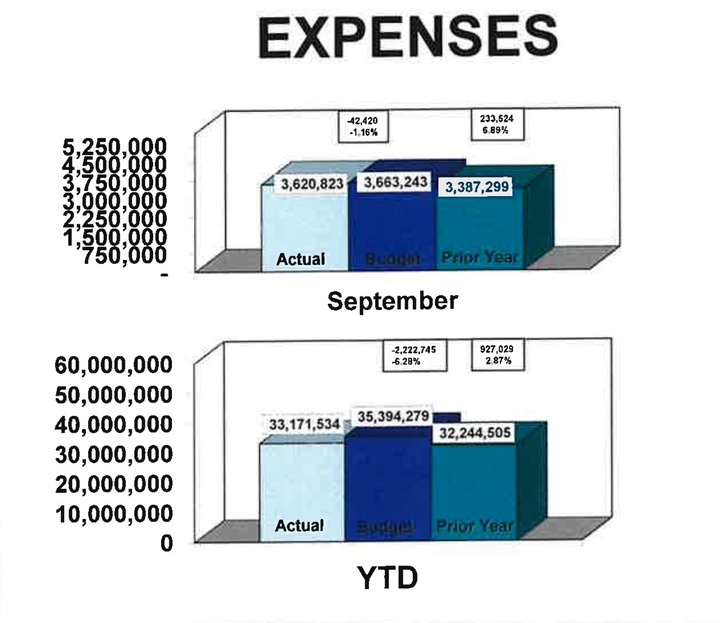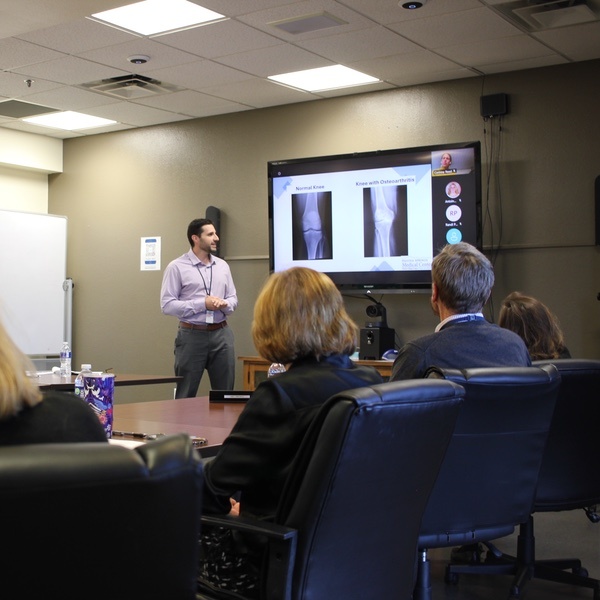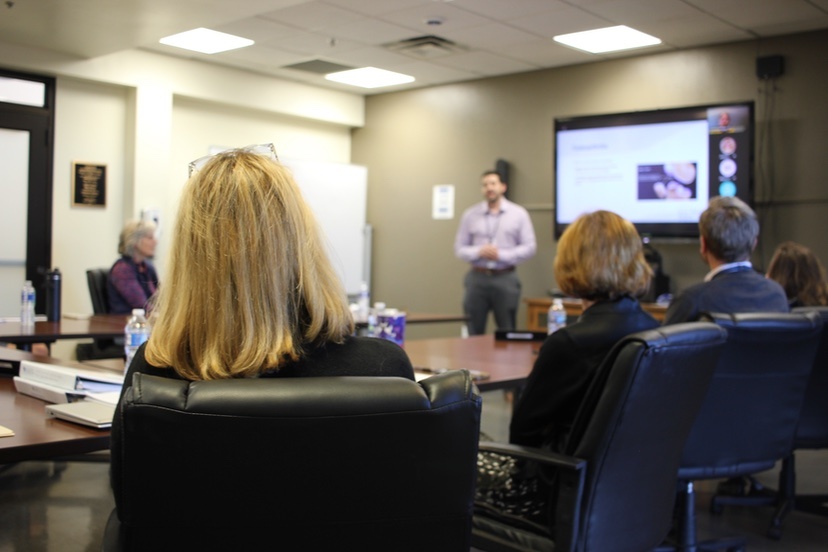I mentioned in Part One, Mr. Peterson, my chemistry teacher in high school, who introduced me to the idea that the way a number is written — how many digits we use — ought to reflect our level of scientific confidence in the number.
If we’re extremely confident in our measurement of the temperature outside, we might write it as 55.067 degrees. That’s five “significant digits”. If we’re not so sure of the measurement, we might use only two significant digits: 55 degrees.
If we’re even less confident, we might use a range: “between 50 and 60 degrees”. If we want to be honest.
My experience with government budgets suggests that some financial managers insist on predicting the coming year’s revenues and expenses down to the dollar. “$65,374,421”.
Other agencies use ‘approximate numbers’ in their budgets. “$65,000,000”. (The zeros are not ‘significant digits’ in this number.)
Since a budget is only a guess, and pretty much guaranteed to be ‘wrong’… the simple number strikes me as the more ‘honest’ approach.
On Tuesday, the Upper San Juan Health Services District — the tax-supported entity that operates the Pagosa Springs Medical Center (PSMC) and the EMS ambulance service — approved their budget for 2025. They approved “Net Collections” as $48,829,962 and “Total Outlay” as $50,924,696.
I shared this graph yesterday in Part One:

The graph shows that USJHSD expected to collect a total of about $65 million in patient fees by the end of September this year (“$65,374,421”) but actually collected about $59 million. (“$58,904,089”).
A shortfall of about $6.5 million.
CFO Chelle Keplinger also shared several other graphs to illustrate PSMC’s financial fluctuations during 2024, including this one:

Most of the hospital’s revenues come from patient fees, but a sizable amount of fees are never collected and are written off as “Bad Debt”. We understand that when the collection of patient fees is less than expected, that typically means fewer services were provided, and less time and materials were needed — and thus, the hospital should have less in expenses. The graph above shows that by the end of September (“YTD”), PSMC had booked about $33.2 million in expenses, compared to the budget prediction of $35.4 million. So, about $2.2 million less than budgeted, for expenses.
If we think about those two graphs, we see that Gross Revenues were down $6.5 million, but Expenses were down only $2.2 million. Ideally, the shortfall would have been the same for Gross Revenues and Expenses. The end result (through September) is that PSMC budgeted for a Net Income of about $2.5 million through September, but in reality ended up with about $1.4 million in Net Income.
It appears that PSMC expects to end up with a Total Revenue Less Expenses this year of about $200,000. Next year, the Total is shown as $39,175.
Luckily for community hospitals, the federal government was handing out lots of money during COVID. PSMC finished 2021, for example, with a Total Revenue Less Expenses of almost $9 million. (“8,757,864”)
This federal giveaway during COVID did not, however, solve the nation’s health system problems. According to a recent article on Axios.com by journalist Tina Reed, big hospitals in big cities are generally doing well this year, with operating margins up 17% year-to-date compared with 2023, according a recent national hospital report.
But smaller nonprofit hospitals, especially in rural areas, that made it through the crisis with the help of government aid struggling to stay open.
“There are a lot of hospitals that survived, but their balance sheets are so weakened, their margin for error is basically zero at this point,” said Mike Eaton, senior vice president of strategy at population health company Navvis.
…There’s a growing gulf between the top third of U.S. hospitals, which are seeing outsize growth, and the rest… A new report from the Center for Healthcare Quality and Payment Reform estimated 703 hospitals — or more than one-third of rural hospitals — are at risk of closure, based on Centers for Medicare and Medicaid Services financial information from July. Losses on privately insured patients are the biggest culprit.
These smaller hospitals may still be there, but there will continue to be a steady erosion of the kinds of services they offer, such as obstetrics, cancer care and general surgery, he said…
…Private equity investment in rural health care is already booming and with it, prospects for service and staffing cuts.
One approach to staying solvent in a small community like Pagosa Springs, is to offer more in the way of expensive, elective procedures — to patients who actually have health insurance, or robust financial resources.
PSMC has been experimenting with that approach for many years now, although they continue to offer the types of routine services needed by an aging population, and by a working class population, but which may not be the most ‘profitable’. (Archuleta County’s average age is 51 years, compared to the state of Colorado at 38 years.)
One problem with elective procedures: About 11 percent of Archuleta County residents do not have health insurance, according to the US Census.
Another problem: elective procedures may require high-paid ‘specialists’ rather than ‘family physicians’ and ‘nurse practitioners’. And attracting specialists to a small town in the middle of nowhere can be challenging. Often, the staff that PSMC can attract are older doctors and nurses looking for a quiet place to semi-retire.
So it was something of a ‘breath of fresh air’ to hear a presentation, at the Tuesday board meeting, by a younger physician who recently joined the PSMC staff.
Orthopedic surgeon Jeremiah Steed, MD.

A doctor who apparently knows how to use a robot to assist in installing artificial knees, hips, and shoulders.

